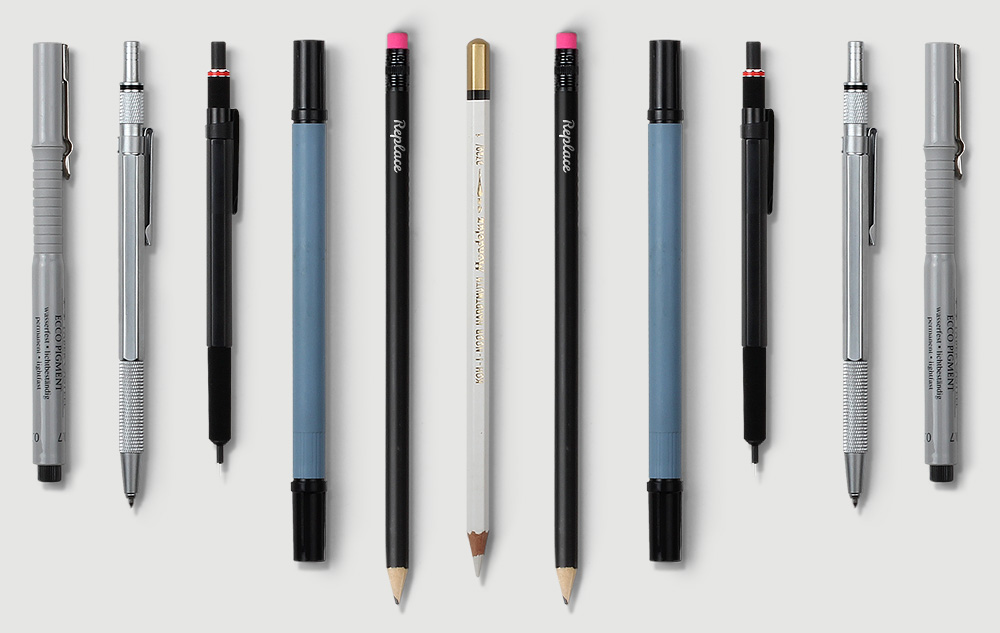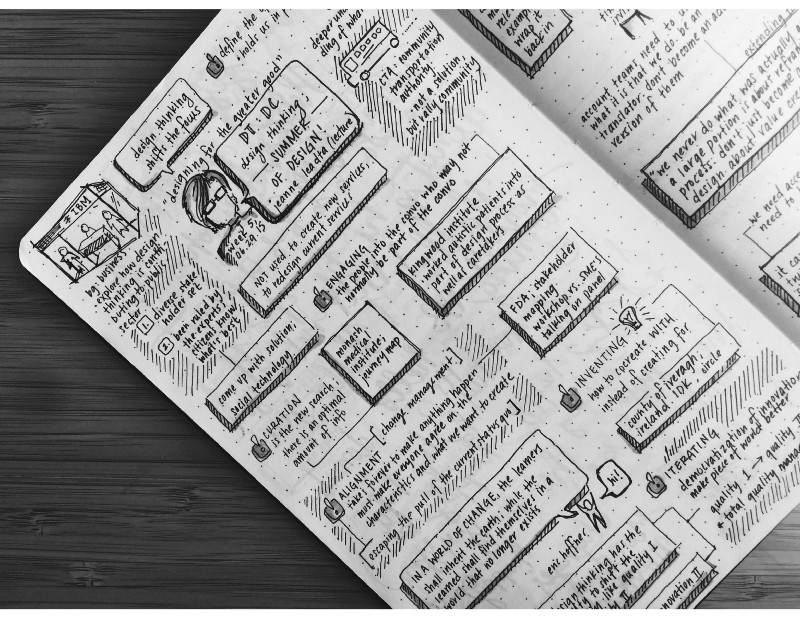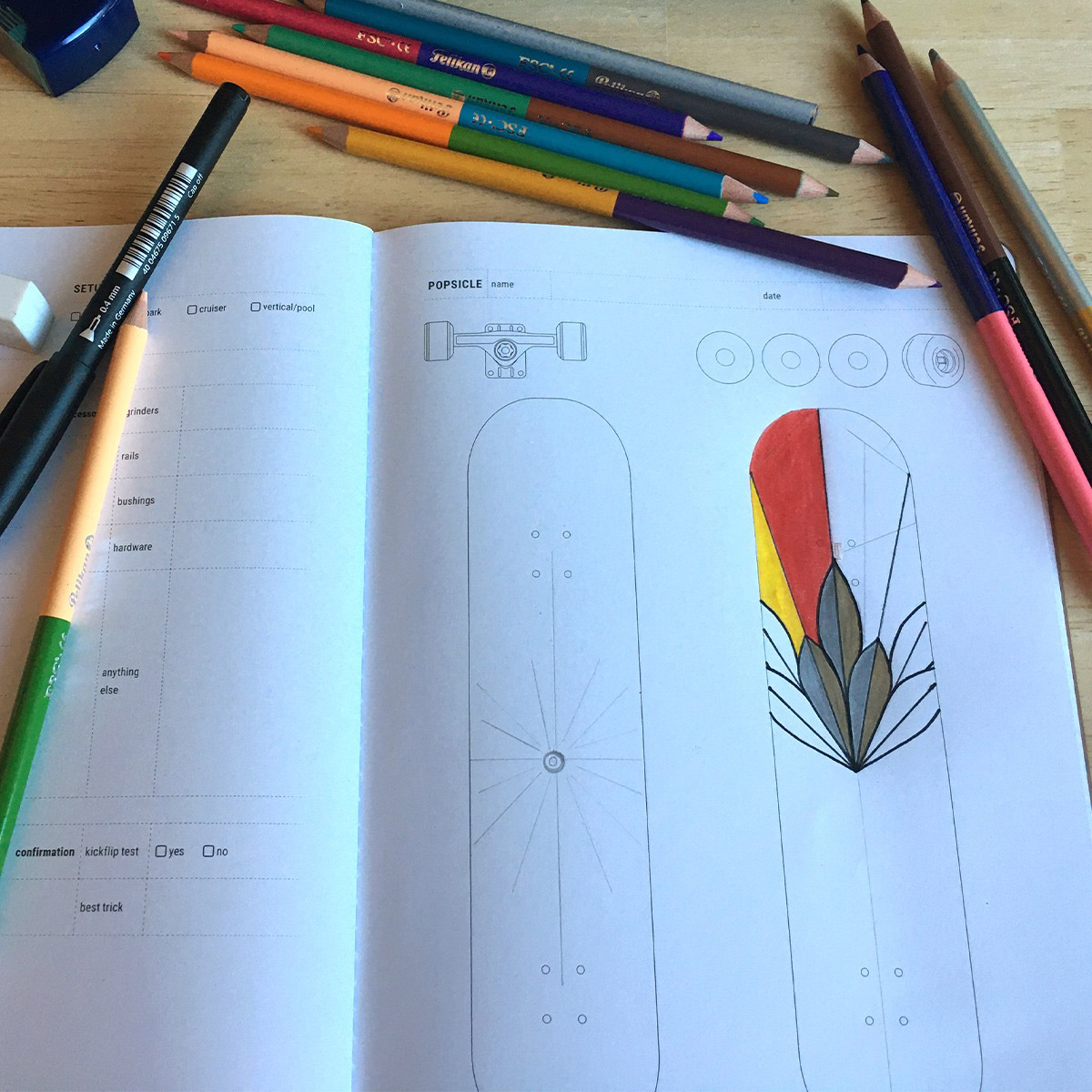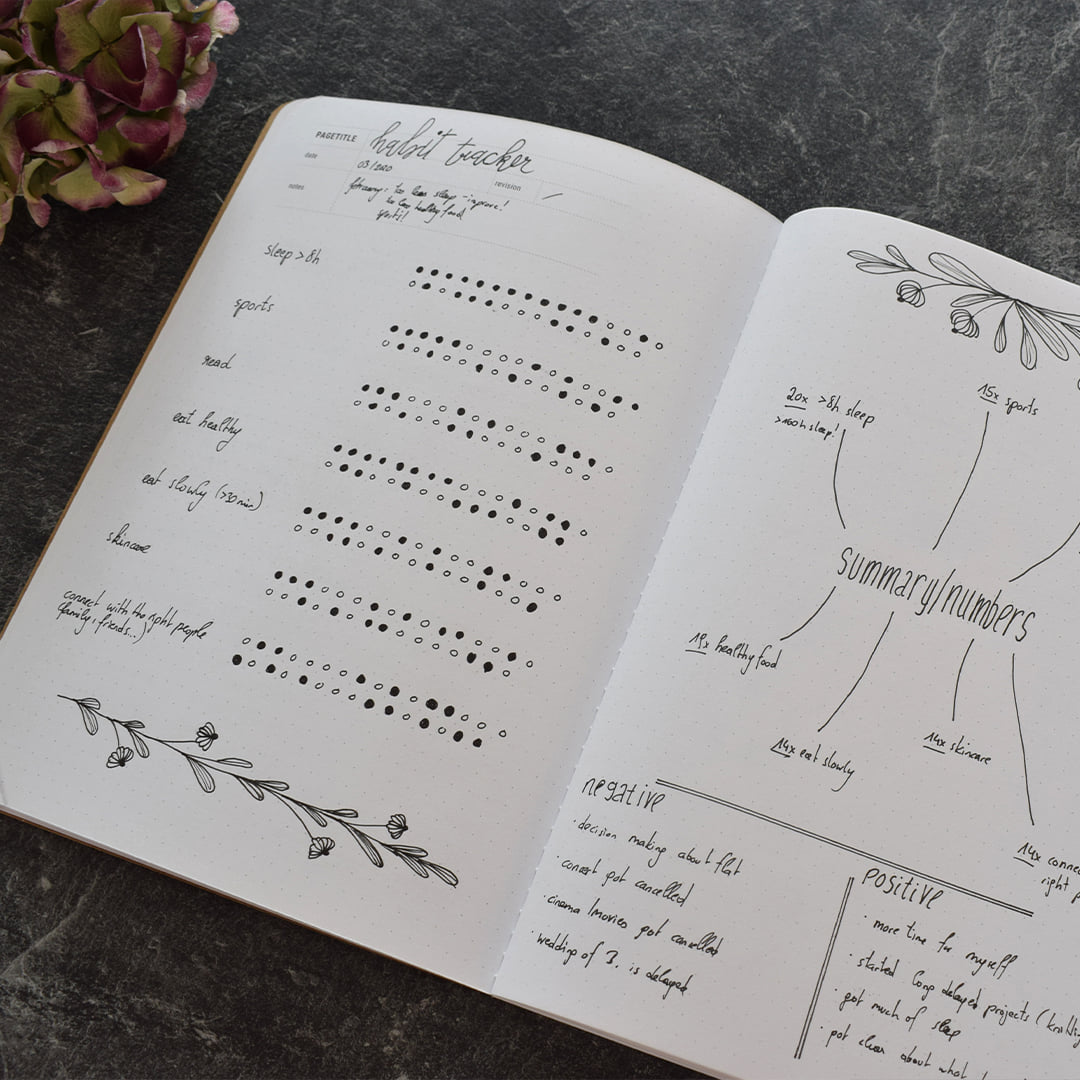Encouraging
Handwritten Forms
in a Digital World.
source.
This wonderful article was originally published on Medium by the inspiring YuYu Schatz. Great read! To ensure (or at least help) the article is not sinking into oblivion, we thought we reblog it, nearly untouched. Thank you YuYu for permission to do so!
Ditch the computer and
break out the paper for more effective, interesting, and visually stimulating note-taking and handwriting.
For many designers, the first medium they ever interacted with, was in fact, paper. Whether it was sprawling neon Crayola on printer paper, or acrylic finger painting in preschool, these were the foundations for the pursuit of design.
For a very long time, design existed primarily in the realm of print. But the last 20 years there has been a significant metamorphosis — the decline of print and the advent of digital. What used to be a painstaking labor of love has been commodified into pre-fabricated pixel perfection.

Encouraging Handwritten Forms in a Digital World.
Across the workforce, laptops have become lighter, thinner, and ubiquitous. With widely available tools such as Evernote, OneNote, Google Docs, etc. — note-taking has gone digital, and many people don’t see the value in old-fashioned analog. However, the value of note-taking lives in an intangible world, and I recognize the importance when I look back at my notebook. Longhand notes force selectivity, because writing does objectively take longer than typing. The extra processing of the material is extremely beneficial and forces content that really resonates. Being able to take a complex, sometimes very boring, conversation and distill it down into a one-page artifact is a skill in itself. Also, having an artifact that isn’t buried within a nesting doll of folders on a laptop is a great thing to show off. A page of notes, a quick sketch or a design concept is something that can be immediately externalized.

The Techniques
Taking visually appealing notes can be daunting.
In reality, they are actually simple techniques – that anyone can do.
There are six main components to taking notes:
- Typography — different styles of text
- Layout — organization of the page
- Containers — things that hold text within them
- Lines / Arrows — connection points
- Sketches — little illustrations that supplement the content
- Shading — depth and emphasis
Typography
Typography is comprised of five simple fonts, and they’re all things that the hand may already know:
Lowercase
Cursive
Capitalized
Double Stroke
Wide
Change in fonts add visual interest. Different fonts — such as all caps, double rises, cursive and more — emphasize various aspects. It’s up to the writer to decide how to categorize fonts.
Layout
A blank page can be a bit intimidating, as it’s a completely blank canvas. There are six various ways to lay out a page:
Path
Vertical
Radial
Grid
Modular
Free Form
In different contexts, notes demand their own layouts. If it’s a lecture or presentation environment, free form organization is a good option. A good place to start is in the middle, with a quick sketch of the speaker to help develop a narrative around them. For daily notes during a meeting or stand up, grid or modular are more efficient.
One emphasis of layout is the importance of white space. White space is perfectly OK. Sometimes people are self-conscious about white space, but it allows room for breathing. Also, during a lull in meetings, that white space is the perfect canvas for a doodle.
Containers
Containers are the things that hold text and serve as a great way to segment different topics so that all the words don’t bleed into each other on the pages. Containers create hierarchy and make for scannable information after the fact. Some effective containers are:
Boxes
Thought bubbles
Speech bubbles
Word balloons
Parenthesis
Brackets
Lines & Arrows
Lines can do two things: separate things and/or connect ideas. If there’s a point towards the end of a conversation that relates back to something in the beginning, a line is a great way of connecting these. Arrows provide emphasis and create direction on a page. Lines and arrows are fantastic tools for creating a narrative of a topic.
Sketches
Now the most difficult and intimidating aspect of note-taking can be the actual sketches. There are an infinite number of sketches possible, but it’s more of a personal icon set — a standard set of doodles that are memorized in the fingertips.
Sketches should be conveyed through simple line drawing. This isn’t impressionism or hyper realism, it’s just a high level representation of a concept. It’s time to get back to those roots of fingerprinting and doodling from elementary school. For those self-conscious about this, it’s OK to leave white space and go back to fill in the sketch when there’s more time.
Shading
The last element that is applied to all techniques is shading. Shading can be done with simple cross hatching and light highlighting of key elements with a gray marker. Shading helps add some depth and visual interest to pages.
Visual Synthesis
An important thing to remember when taking note, is that it’s a visual synthesis. A lot of people may feel that it’s difficult to transcribe content and text into visual images, but humans do so every day when they speak through metaphor. People pitch things such as “blue-sky thinking,” “north star vision,” “roadmap,” “personas,” and “teams” — these all take something concrete, and make it more abstract with visual imagery. Try to listen carefully in a future meeting, and start brainstorming on how information could be conveyed in a visual way.
Thank you YuYu!
I hope that this inspires many out there to go out and start visually note-taking.
We would like to hear from you:
What do you think about this book? Do you like how it works and what is included? Is there anything important missing in your opinion? Let us know as comment right below this blogpost or send us an email to wishtherewas@abookforthat.com
Find below a few books that might fit for you. We designed all grids with the corresponding needs in mind.
More reads.
To enlarge upon the topic, we recommend
Pen and paper vs computer
Advantages of Longhand Over Laptop Note Taking
Cognitive benefits handwriting decline typing
A learning secret don’t take notes with a laptop



